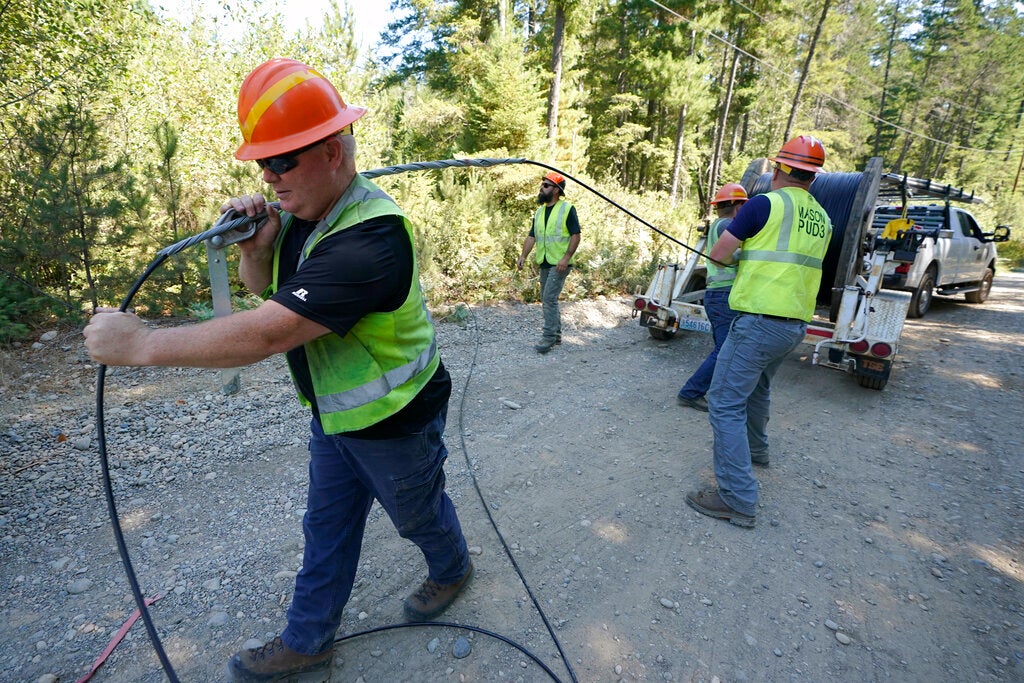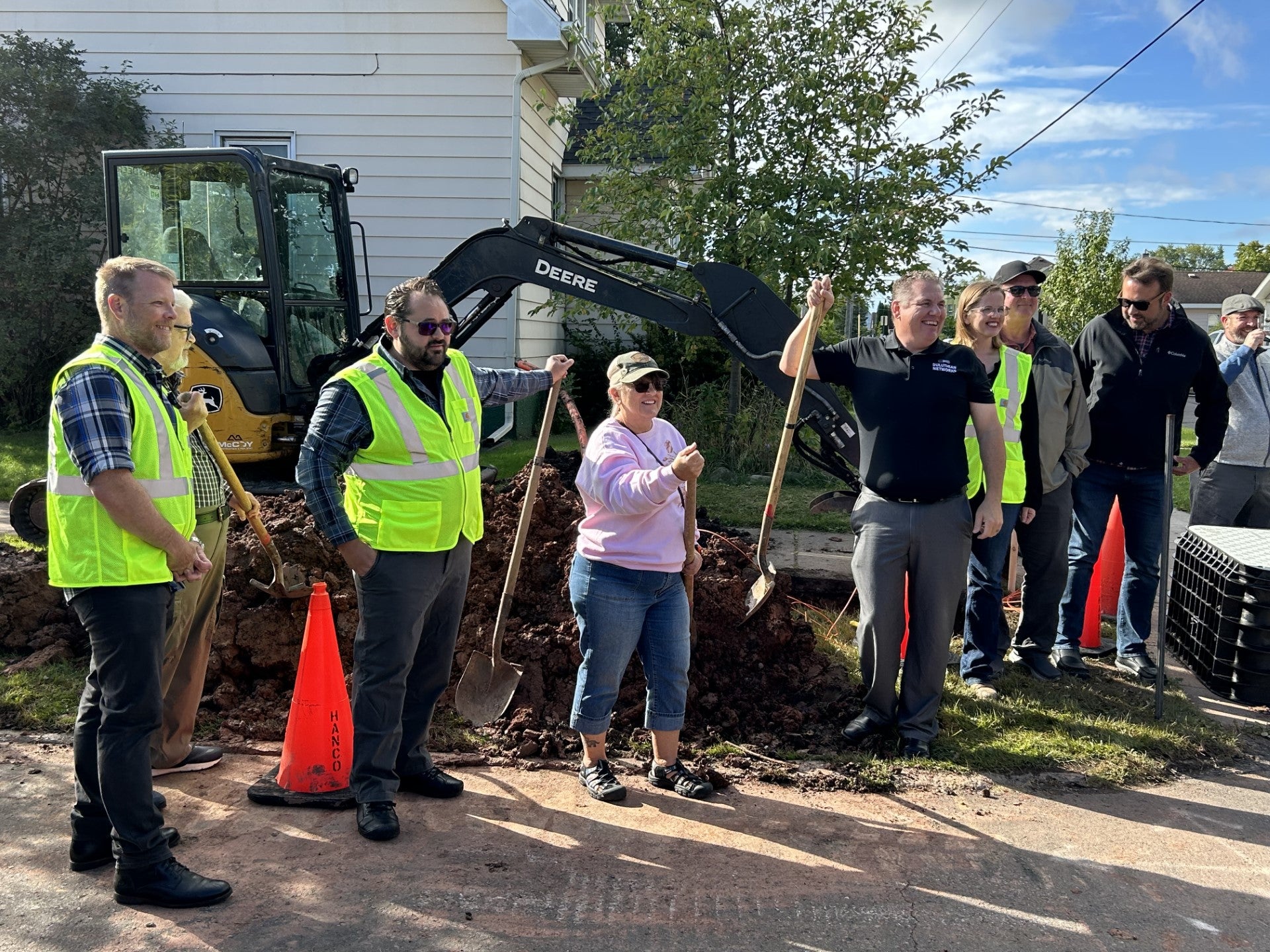The Governor’s Task Force on Broadband Access says if the state wants to connect all Wisconsinites with high-speed internet service, it needs to be affordable.
In its fourth annual report released Friday, the task force pushed for more state funds to expand broadband access and said that about 65 percent of households that lack internet subscriptions are cost-burdened.
“Access alone is not enough to guarantee a fair digital playing field in Wisconsin,” the report said.
News with a little more humanity
WPR’s “Wisconsin Today” newsletter keeps you connected to the state you love without feeling overwhelmed. No paywall. No agenda. No corporate filter.
This comes on the heels of the federal Affordability Connectivity Program ending June 1 due to lack of funding from Congress.
The Affordability Connectivity Program provided monthly discounts to eligible families of $30 to $75 per month for internet. An estimated 875,000 households in Wisconsin qualified with 426,733 households enrolled, according to the report.
In addition to the cost of a monthly internet subscription, other barriers exist for households that have the internet infrastructure but don’t connect. Task force member Gail Huycke said barriers include a lack of digital literacy, not knowing how to use the technology, poor reliability and fear.
“There’s a lot of fear when it comes to cybersecurity. What does that mean being online? How does that impact the rest of my security, my financial security, my health security?” Huycke recently said on WPR’s “Wisconsin Today.”
Huycke is a professor of practice and broadband specialist with the University of Wisconsin-Madison, Division of Extension. As part of the Connected Aging Communities initiative, she worked with seniors on using the internet and found people over age 65 are the most likely to be disconnected.
“We find that the biggest thing that it means for their lives is isolation,” she said.
The task force is also working toward building internet infrastructure for certain parts of the state, as nearly 8 percent of households and businesses in Wisconsin still lack basic broadband service, according to the Federal Communications Commission National Broadband Map. Funding for that would come from the federal Broadband Equity, Access, and Deployment Program, or BEAD, through which Wisconsin has access to more than $1 billion.
By the numbers
$1 billion Wisconsin is receiving through the federal Broadband Equity, Access, and Deployment Program, or BEAD;
8 percent of households and businesses in Wisconsin still lack basic broadband service;
65 percent of Wisconsin households that lack internet subscriptions are cost burdened;
426,733 Wisconsin households were enrolled in the federal Affordability Connectivity Program that ended June 1.






